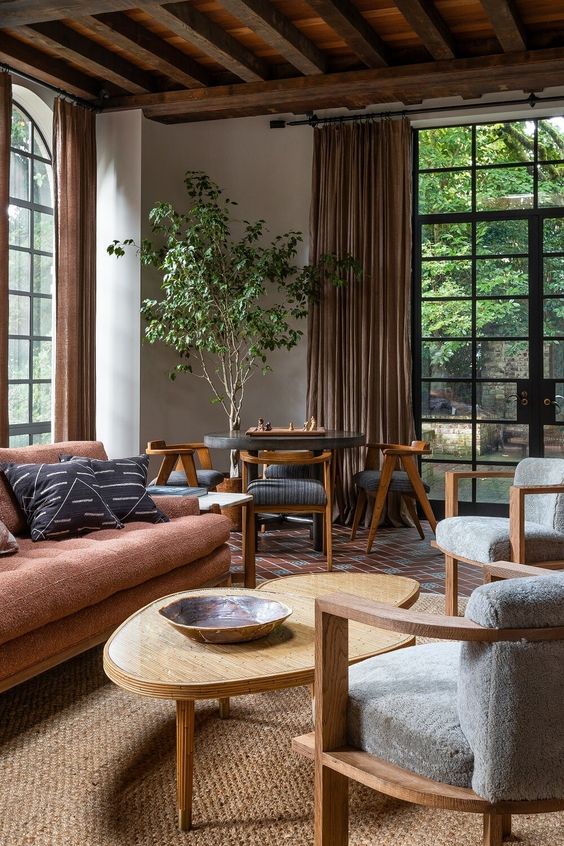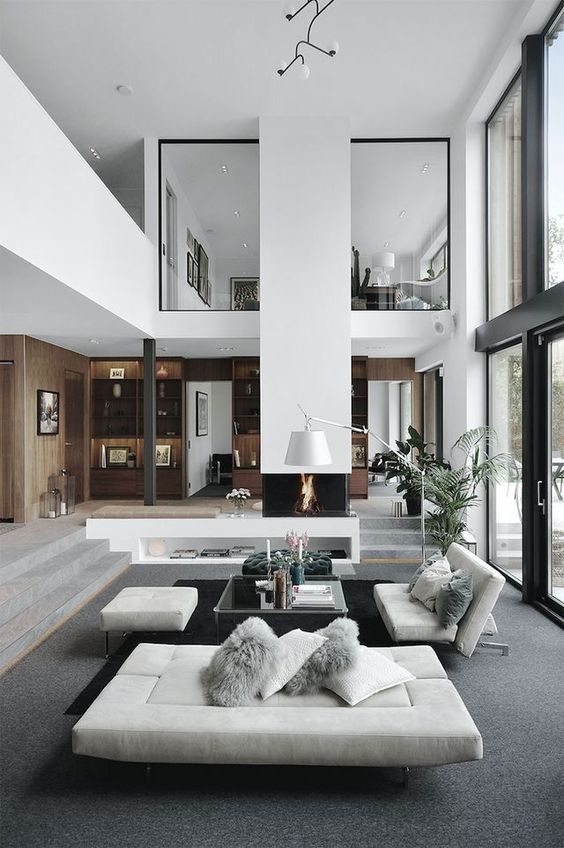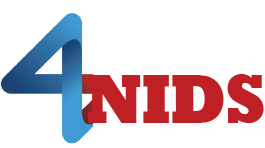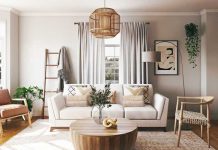4nids.com – Contemporary furniture generally refers to furniture created from the late twentieth century through today that is largely influenced by contemporaryism. During the Post-War era, furniture styles developed that were heavily influenced by European post-modernism. Post-World War I ideals of cuteness, practicality, and excess were heavily influenced by the interior design of contemporary furniture. In contemporary furniture, the ideal is to create a setting that is both comfortable and structurally sound, whilst attempting to disregard the stigma of ‘frivolous clutter’.
The Style Of Contemporary Furniture
In the style of contemporary furniture, clean lines and simple geometric shapes are highly applied to all areas of the room, including the walls, flooring, table tops, and lamps and other accessories. Typically, contemporary furniture uses simple, light wood finishes and consists of either metal or glass incorporated into the construction of contemporary furniture. Clean lines, simplicity, and uniformity of design are the trademarks of contemporary furniture, which also includes the use of a white room as a backdrop. Most contemporary furniture pieces are made from either solid wood or a combination of wood and fabric, such as leather or plush fabric.

Contemporary, more to the point, is a synonym for contemporary, modern, and innovative, and it usually references the stylized, geometric, and sometimes symmetrical forms of traditional furniture styles. Unlike traditional furniture styles, contemporary furniture usually displays open spaces, minimal ornamentation, and uses geometric and other light-oriented patterns and designs. Many of the most common materials used in contemporary furniture include glass, metal, wood, and fabric.
Examples Of Contemporary Furniture Styles
Contemporary furniture styles are also influenced by certain art movements. One example of this is furniture styled after the Art Noveau movement in the early nineteenth century. In this instance, the designs were heavily influenced by Victorian styling. Another example of a possible influence is the art nouveau movement, which focused its attention on natural materials and light in its designs. These examples of contemporary furniture do not follow the strict molding of typical pieces that one sees in classic furniture designs; in fact, their designs are far more abstract in nature.

There are several different factors that set contemporary furniture apart from traditional pieces. The first factor is the fact that contemporary furniture does not follow any specific design template. This allows for a greater level of creativity when it comes to the construction of a given piece. A second factor that sets contemporary furniture apart from traditional pieces is the lack of a heavy, oppressive presence. In other words, modern contemporary furniture usually displays an inviting atmosphere that can be lightened up by strategically placing cushions or other soft furnishings.
Materials Of Contemporary Furniture
Another way that contemporary furniture focuses on practicality is through its use of lightweight materials. In other words, contemporary furniture pieces are usually made out of light-colored wood or plywood, which has a low density that allows them to be easily manipulated into various shapes. Examples of such contemporary furniture include table and chairs that have a glass top or one that is frameless. Also, metal designs are also becoming popular. Metal furniture, especially ones with a wrought iron finish, are quite attractive and can add an element of sophistication to a room.
The third main concept that characterizes contemporary furniture as part of interior design trends is the focus on functionality. Because contemporary furniture generally displays functional aspects, such items often come with clear, cutout designs that allow people to easily see the parts that they are supposed to be opening. Furthermore, contemporary furniture often displays clear, bold colors that contrast against the rest of the room. This helps distinguish the different components of a certain piece, which allows the person to quickly get to the heart of whatever it is they want to do with the piece.

Lastly, contemporary furniture can be distinguished from modern furniture by its attention to design and function. In the case of modern furniture, the overall look is defined by flat, clean lines and minimalism. However, contemporary furniture, aside from looking clean and simple, exhibits a sense of beauty that is not seen in modern designs. Therefore, contemporary furniture usually combines the best elements of modern and classic art Deco. As such contemporary furniture can either stand out or blend in with the other furniture present in a room. Depending on the preferences of the person who will be furnishing the room, the style of contemporary furniture can range from elegant and sophisticated to bold and edgy.





